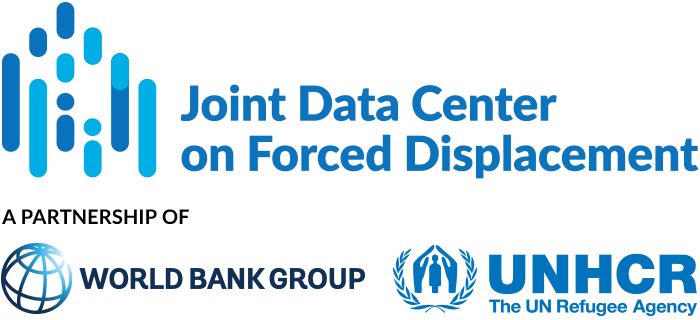This paper systematically reviews existing research on the effectiveness of psychological interventions in reducing symptoms of distress amongst refugee and asylum-seeker children.
JDC Literature Review
Forced migration: evidence and policy challenges
This article presents a summary of Volume 38, Issue 3 of the Oxford Review of Economic Policy, which focuses on forced migration. The issue explores: (1) what are the mechanisms by which refugees should be managed, and what frameworks should be used for supporting them? (2) how can policy support the integration of refugees into host economies and what are the likely consequences of this integration? (3) how are host communities likely to respond to the influx of refugees, and how can policy help to smooth this transition? And (4) what role can policy play to encourage resilience among refugees and IDPs and support their return?
Room in the kitchen for the melting pot: Immigration and rental prices
This paper examines the short-run impact of immigration on housing rental markets in the Miami metropolitan area following the Mariel boatlift. During the Mariel boatlift between May and September 1980, around 125,000 Cuban immigrants arrived in southern Florida....
Refugees and foreign direct investment: Quasi-experimental evidence from US resettlements
This article examines the causal effect of refugees resettled in the United State (US) on Foreign Direct Investment (FDI) flows from the US to refugees’ countries of origin, and studies the case of Vietnamese ‘boat people’ who arrived in the US in 1975. Specifically,...
Perspective taking can promote short-term inclusionary behavior toward Syrian refugees
This paper tests whether a perspective-taking exercise can increase the likelihood that American citizens adopt more inclusionary behavior toward Syrian refugees in the United States. The analysis draws on the findings of a nationally representative survey of 5,400...
Americans preferred Syrian refugees who are female, English-speaking, and Christian on the eve of Donald Trump’s election
This paper examines Americans stated preferences for the types of refugees that should be admitted into the United States (US). The analysis focuses on Syrian refugees, since Syrians account for a large proportion of registered refugees globally, and include both...
The Labour Market Effects of a Refugee Wave. A Replication Study of Peri and Yasenov (Journal of Human Resources, 2019)
There has been much academic debate about the effects of the Mariel Boatlift—the exodus of 125,000 refugees from Cuba to Miami, Florida in April 1980—on the wages of local workers. The Mariel Boatlift increased the labor force in Miami by about 8 percent, and...
Matching Refugees to Host Country Locations Based on Preferences and Outcomes
The idea of refugee matching is to select resettlement locations that are likely to be a good fit for a given refugee to thrive. Research has shown that the place of initial settlement has a profound impact on the long-term integration success of refugees [see for...
Improving Refugee Integration through Data-driven Algorithmic Assignment
When refugees are resettled in third countries, resettlement countries do not fully leverage the factors that promote refugee integration such as: (1) geographical context (e.g. economic and social opportunities available in resettlement locations); (b) personal...
The Labor Market Integration of Refugees to the United States: Do Entrepreneurs in the Network Help?
The paper examines whether entrepreneurs in the social network of refugees, from the same country of origin, facilitate refugees’ labor-market integration by hiring them in their businesses. The authors analyze the universe of refugee cases without ties to the United...


